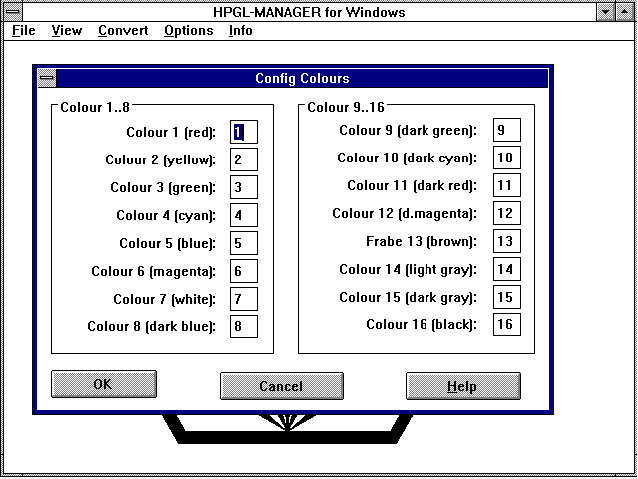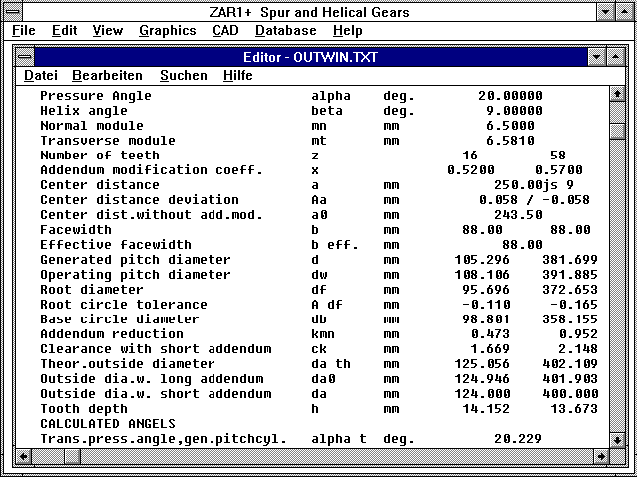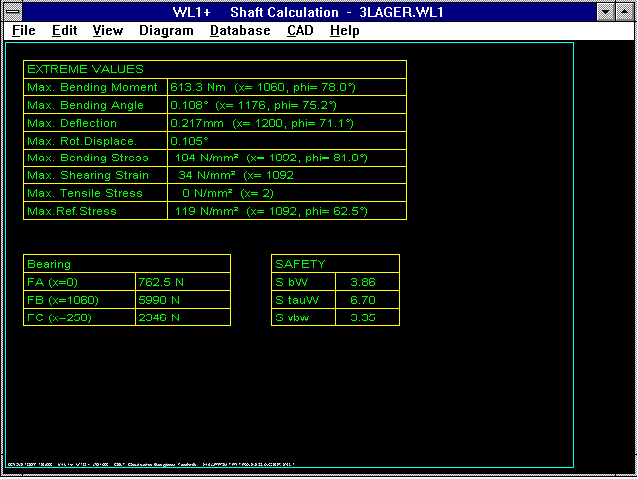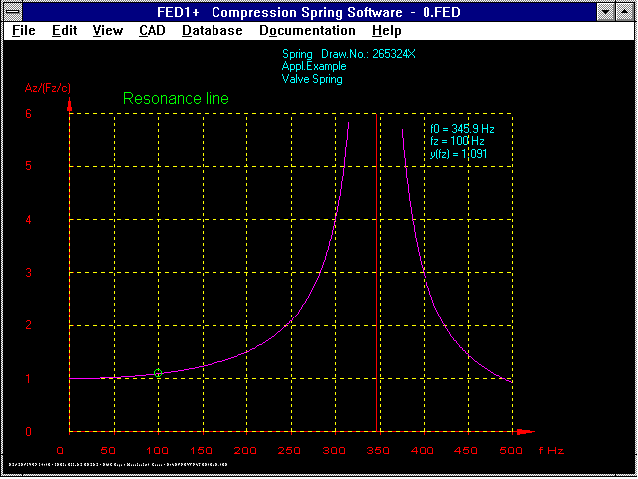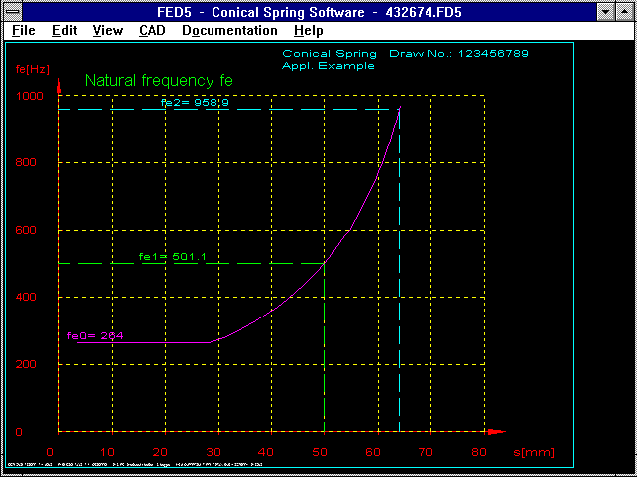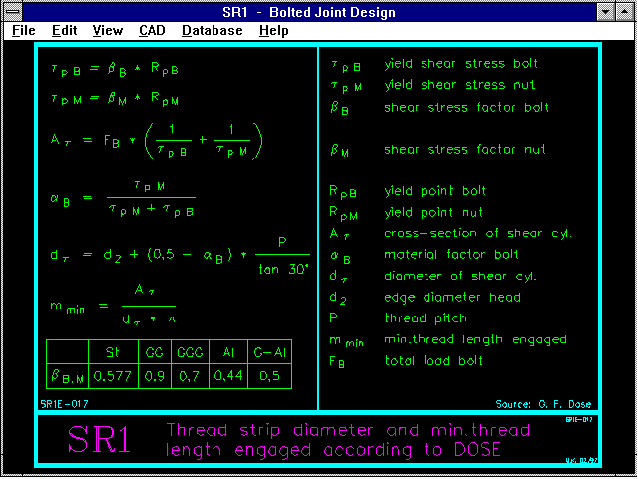

FSA < (1-nü Rp)*Rp0.2*AS
1
S = ----------------------
Rp0.2 * AS
nü Rp + -----------
FSA
Nü Rp is the tightening factor in relation to the yield point. When the bolt is tightened to the yield point, nü RP is equal to one. Due to the FSA's share of the working force, the safety factor is
smaller than one when the bolt is loaded above the yield point.
T = K * d * FThe factor K can be calculated from æG, æK and the thread dimensions, this is now provided in the newest SR1 version. We would like to thank Mr Shoberg of RS Technologies for this information.
